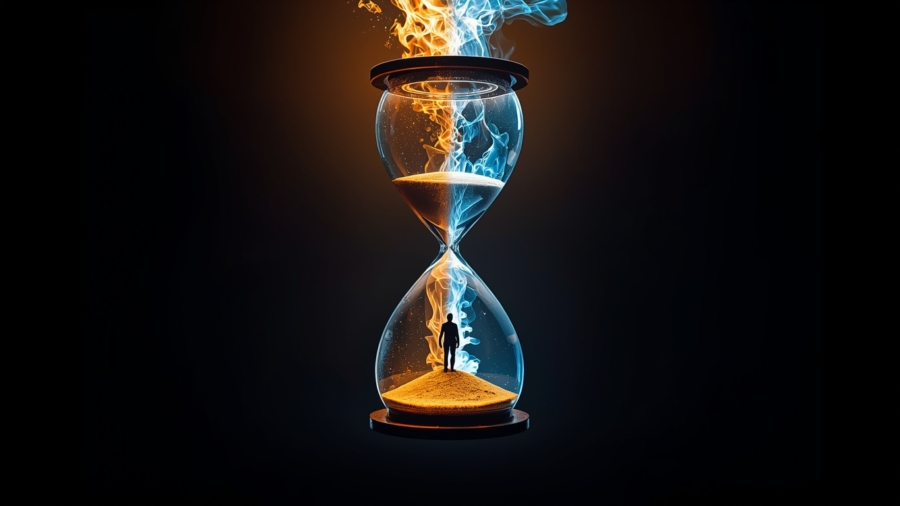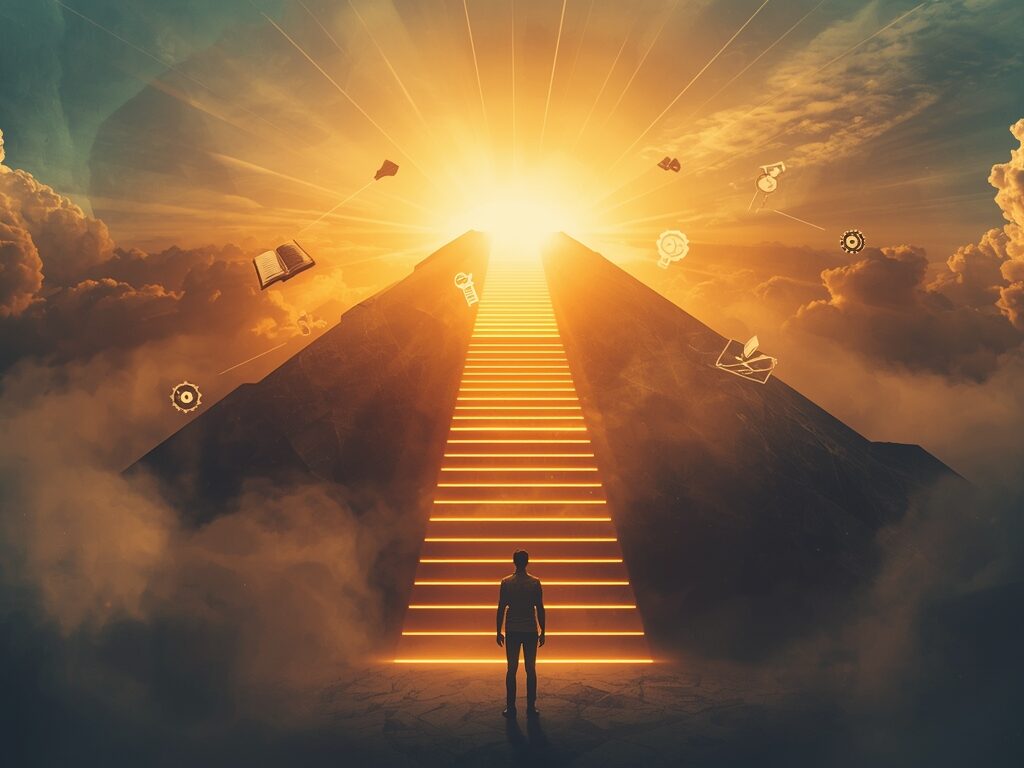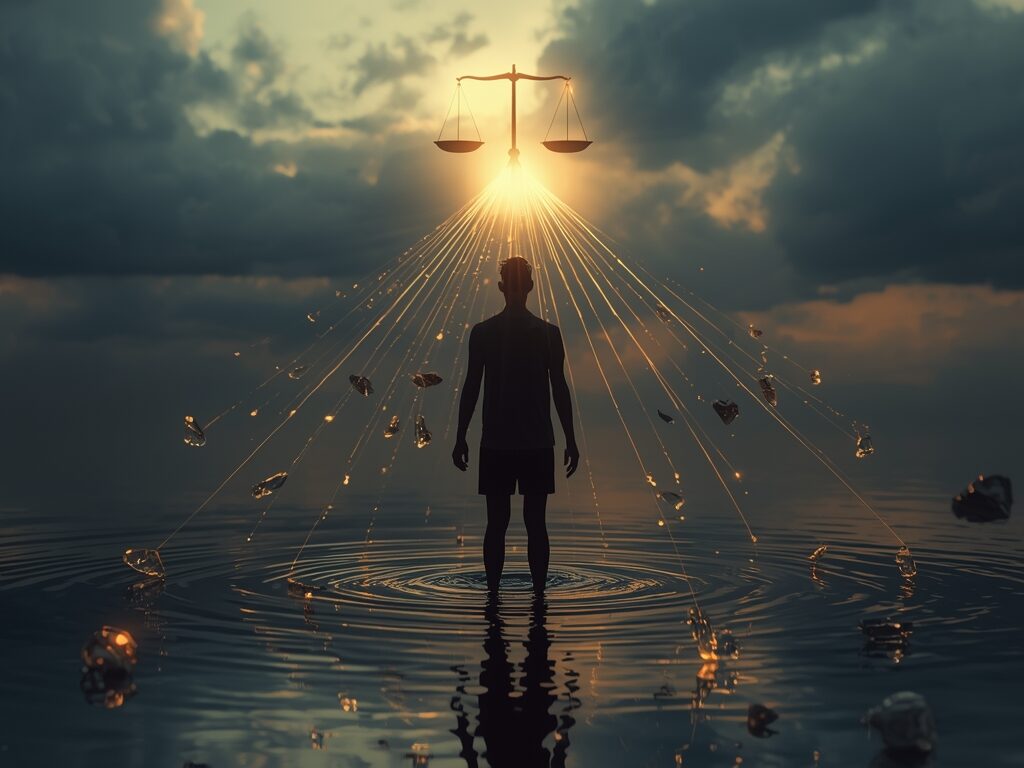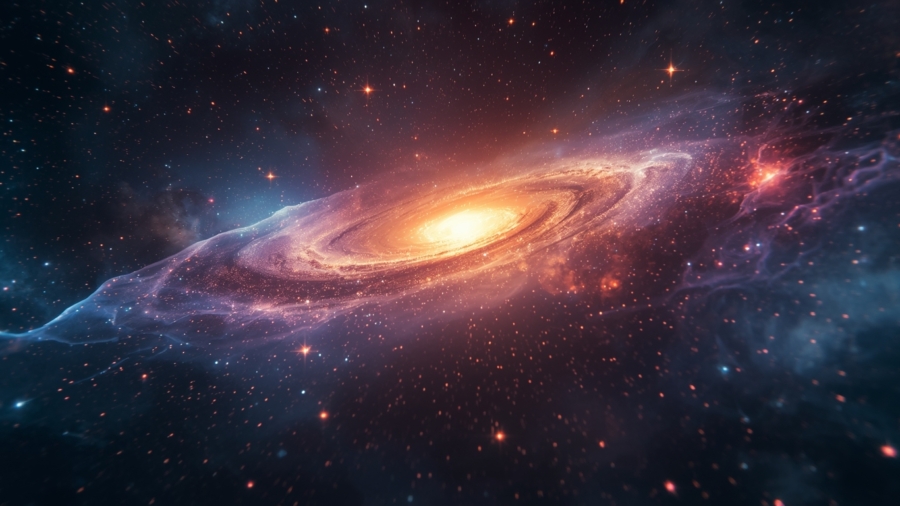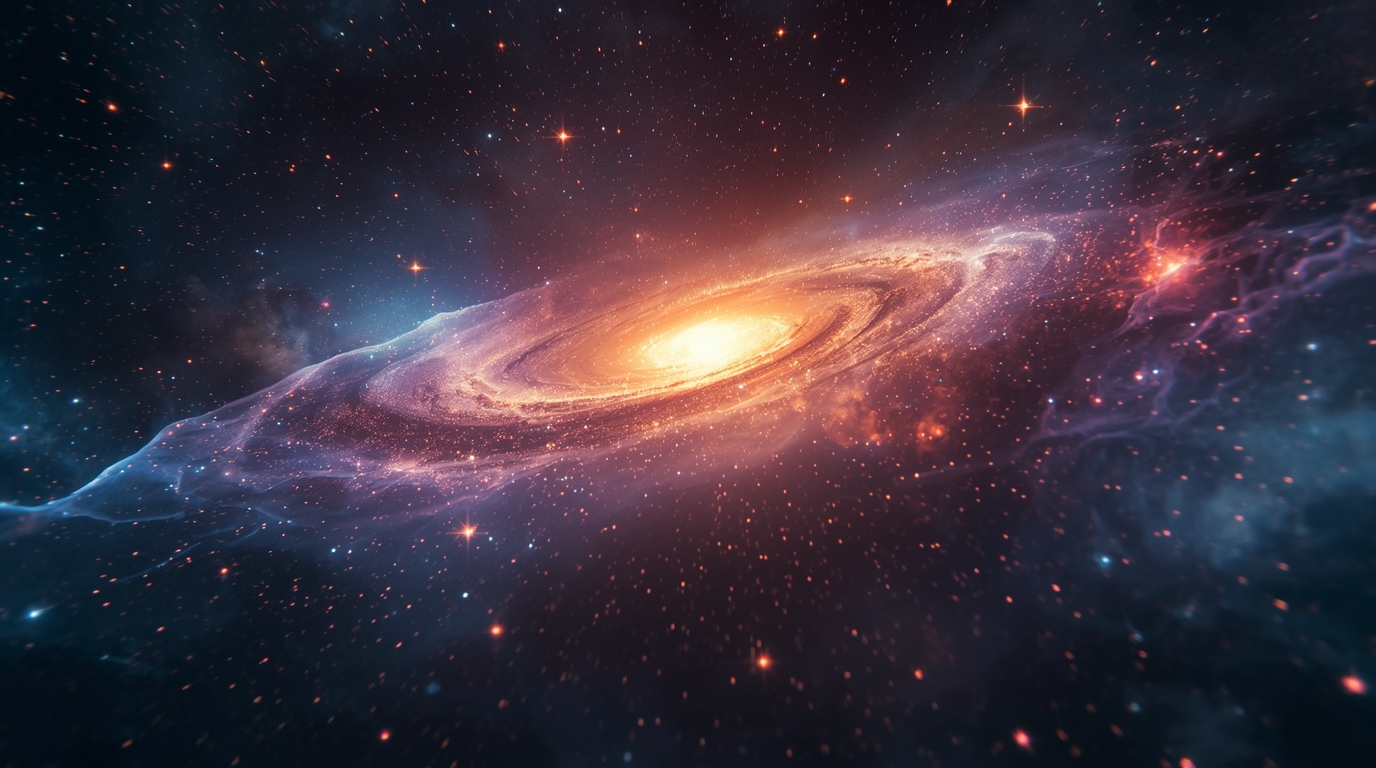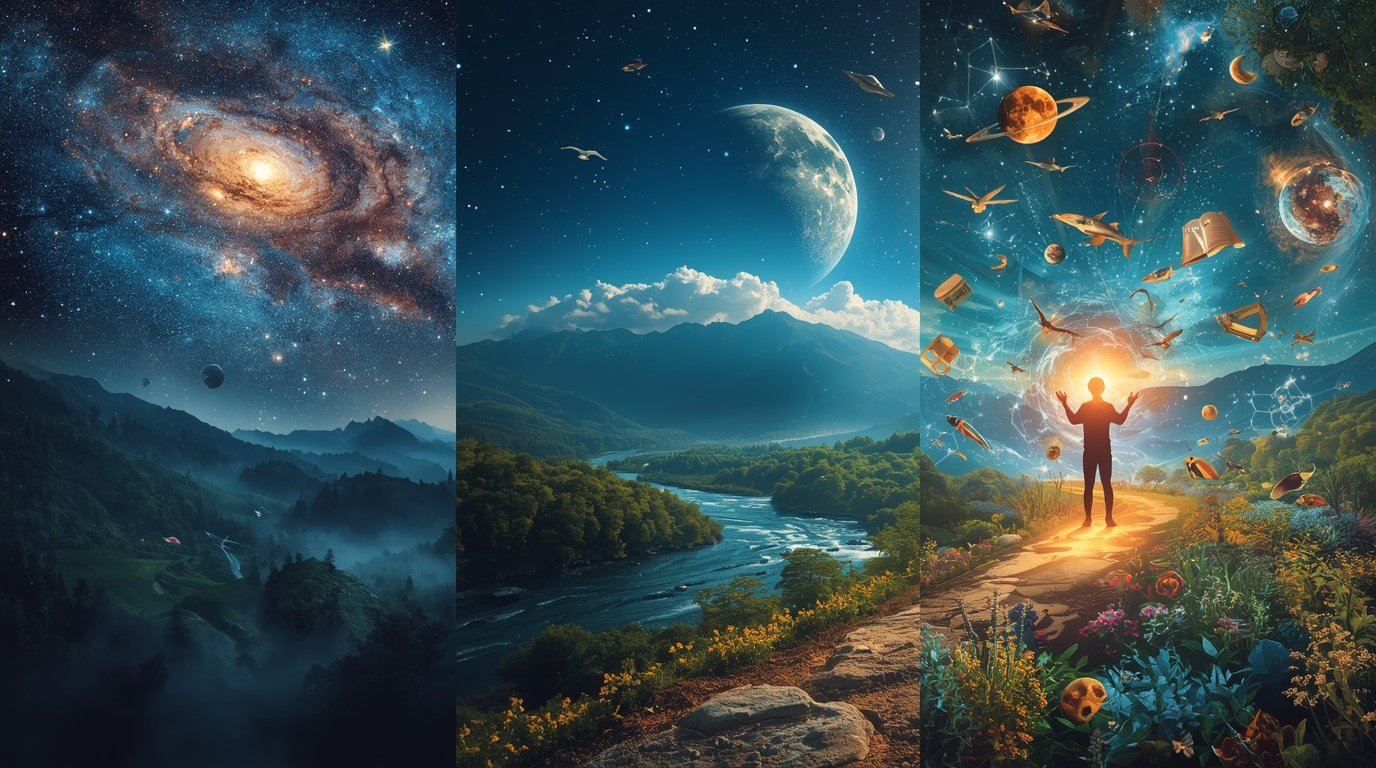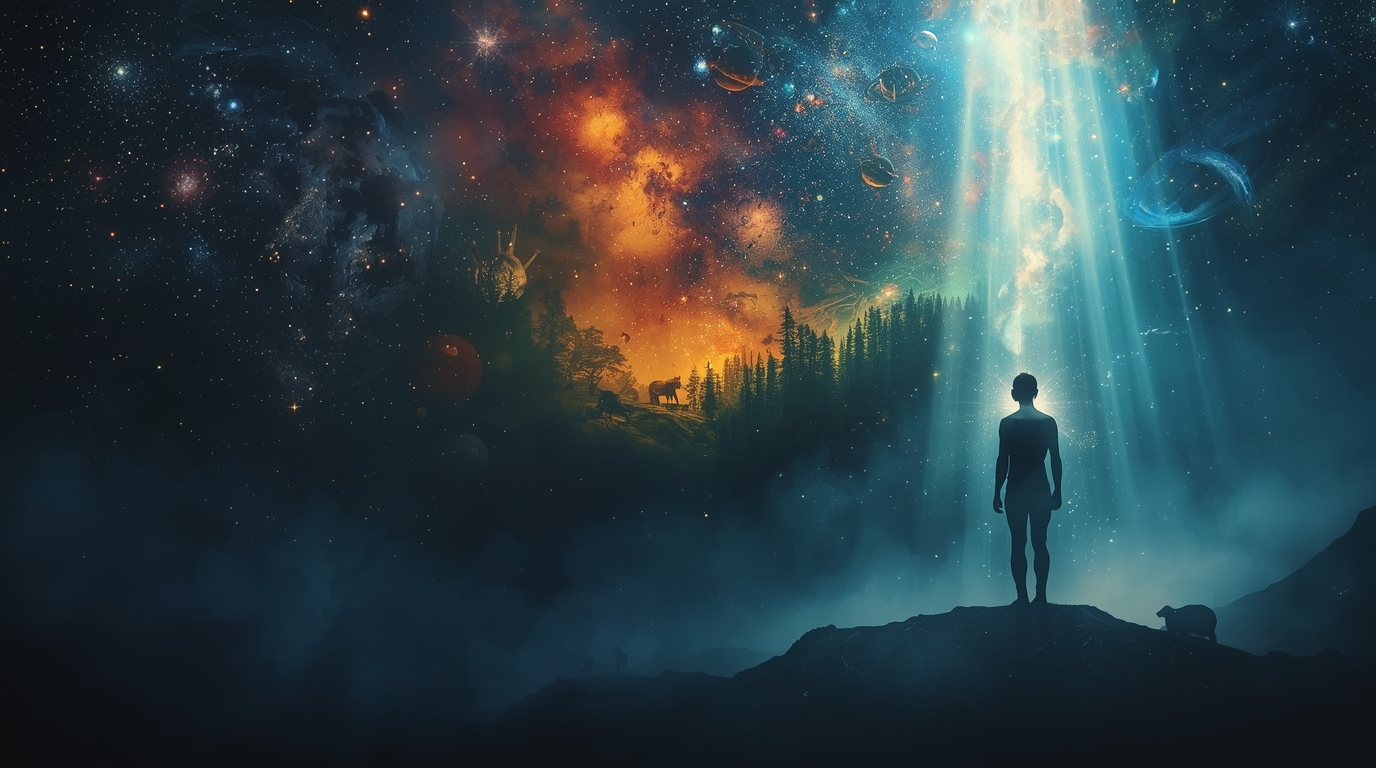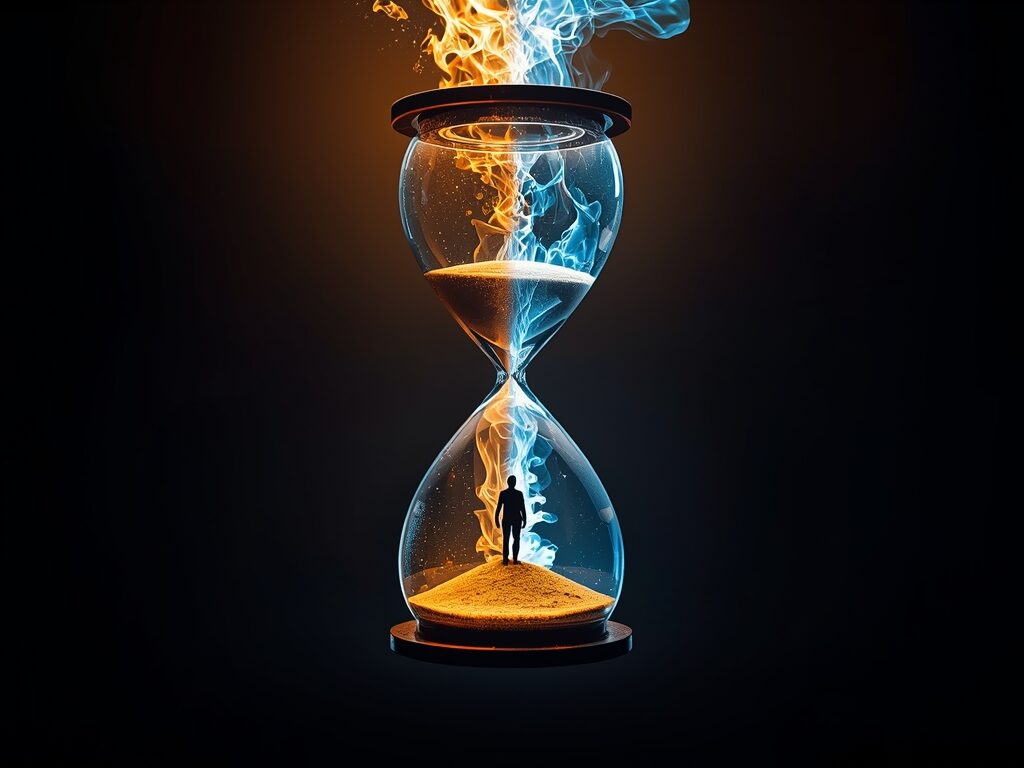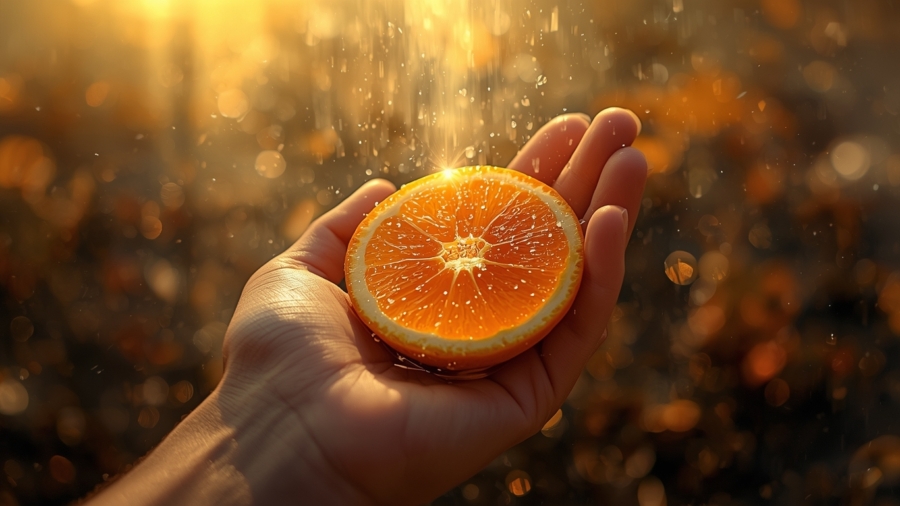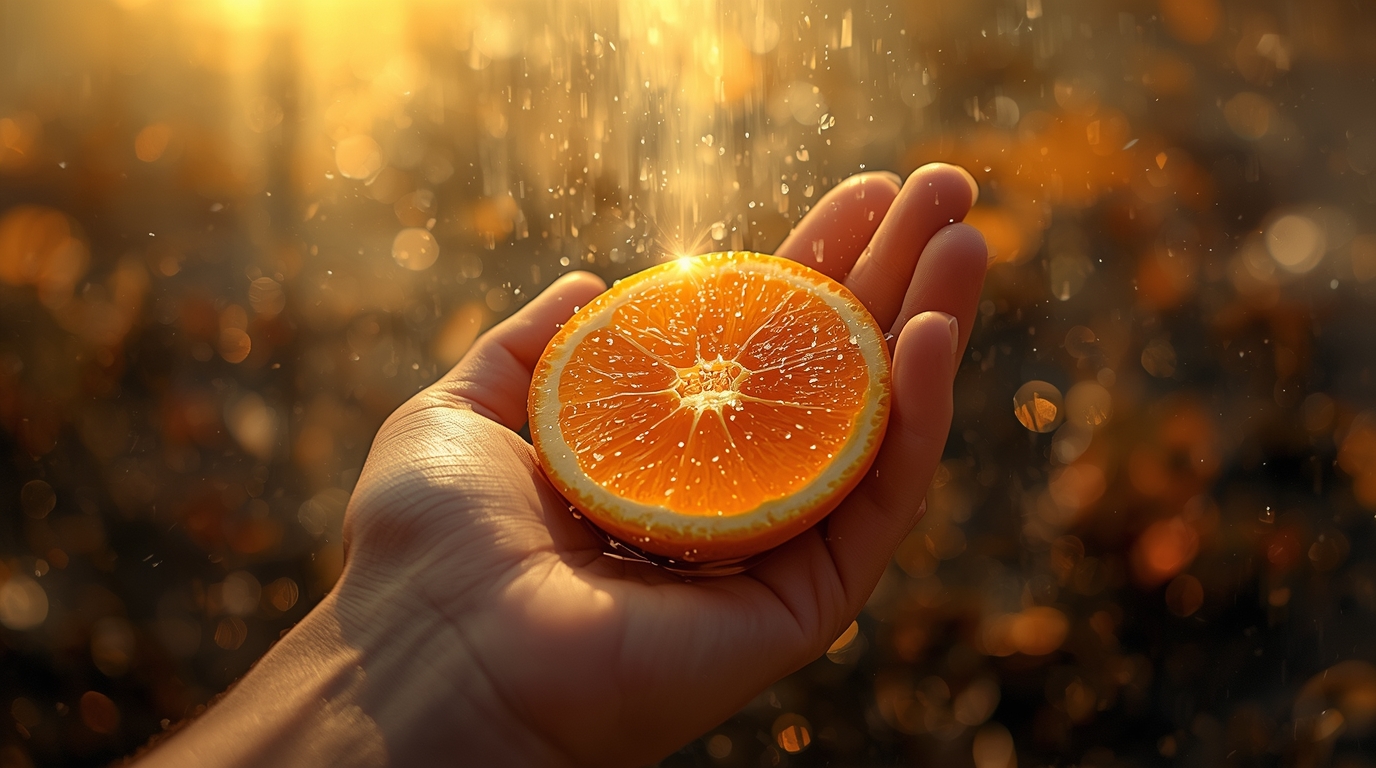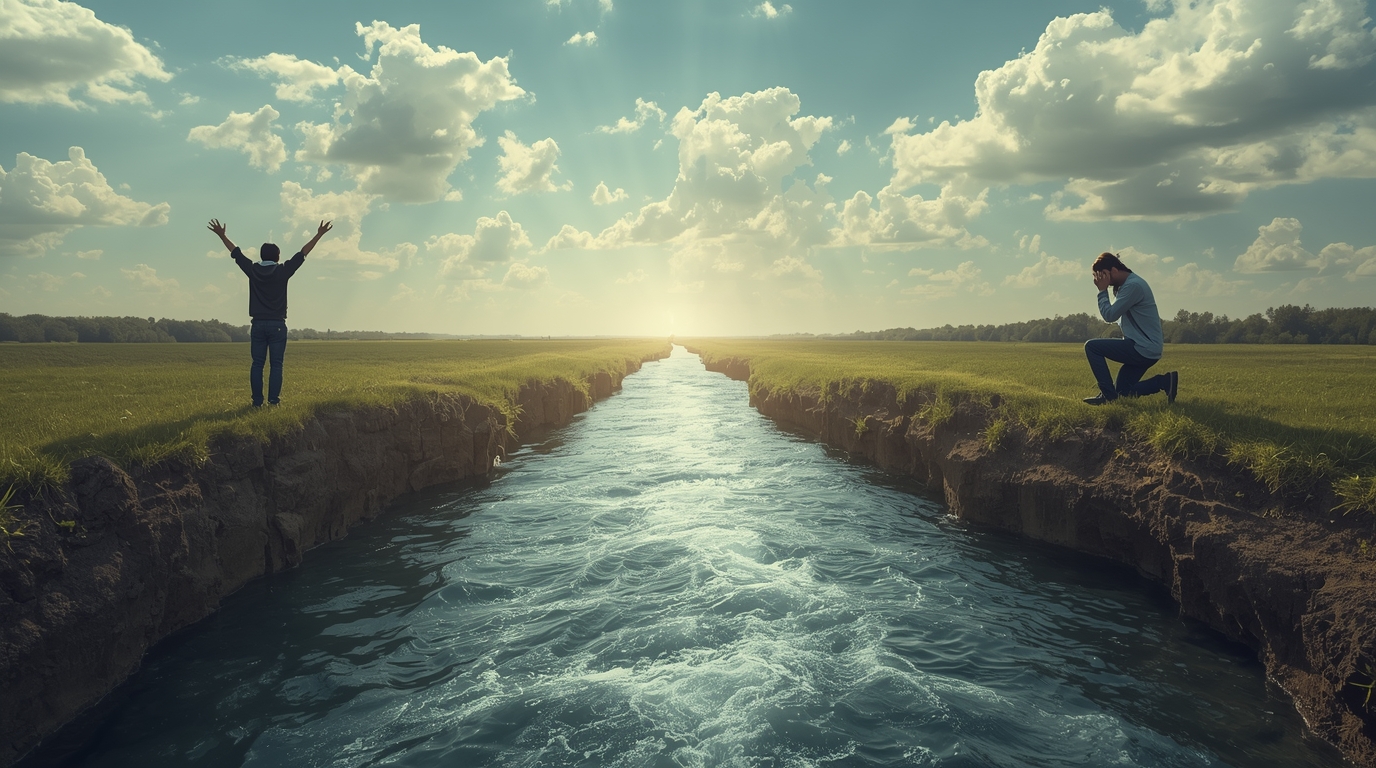The Real Wealth of Life: Time and Energy.
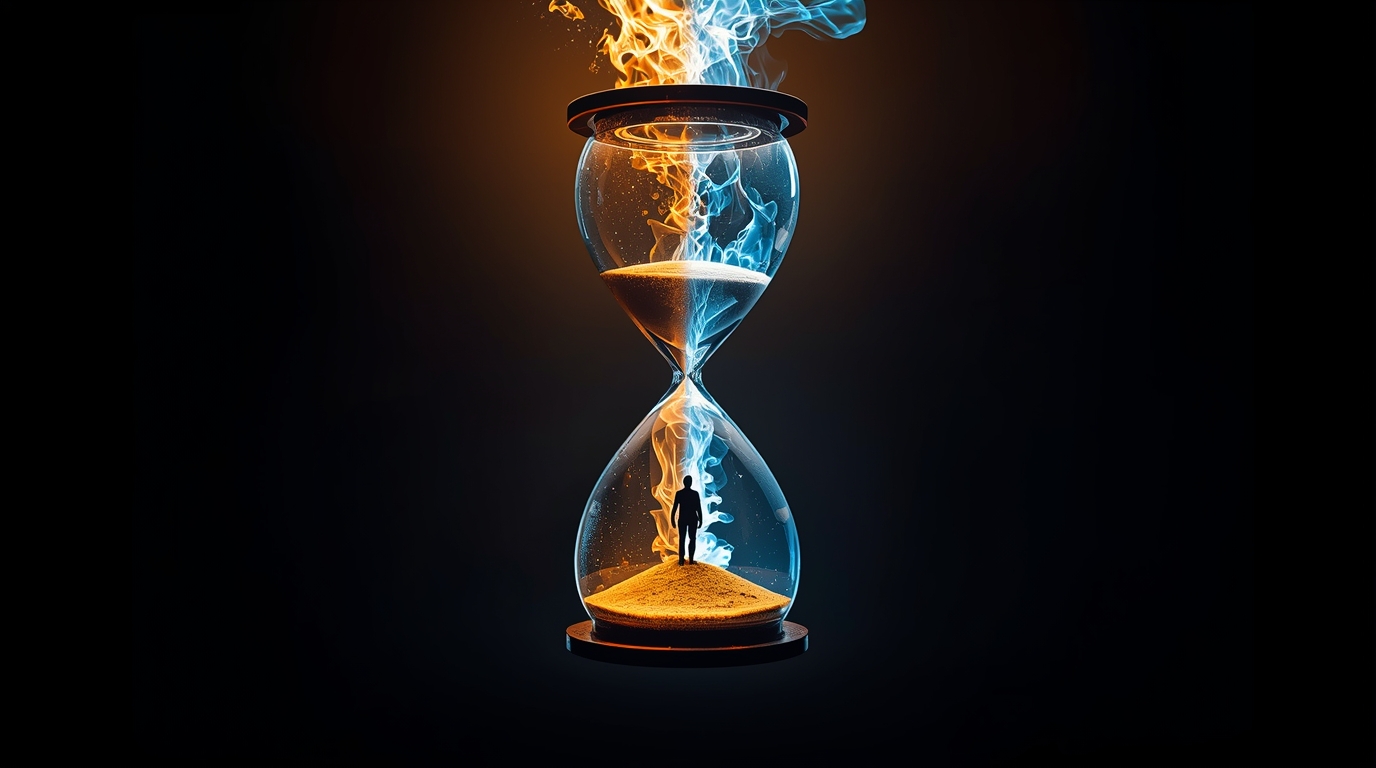
Every day we are given only a certain amount of time and a certain amount of energy — once we spend that perticular amount of time and energy, they can never be regained. Because both these resources are irriversible, which makes them more precious and valuable. Ultimately, how we invest them defines the quality of our life.
Time: The Constant, Irreversible Medium.
Time is not just something that passes in the background—it is the medium through which life unfolds. It flows without pause or reversal. No matter what we do, we Cannot slow it down or bring it back. In Eastern traditions, this force is Called Kala—an ever-moving current that governs all cycles of creation And destruction. We cannot control time, but we can learn how to manage it with awareness and boost our productivity.
To understand the rule of time in a simple way, imagine traveling on a boat across a river. We cannot step outside the stream or stop its movement, but we can choose how we navigate our boat through it. That choice determines whether we simply keep floating or actually reach where we want to go.
Time in the context of achievement.
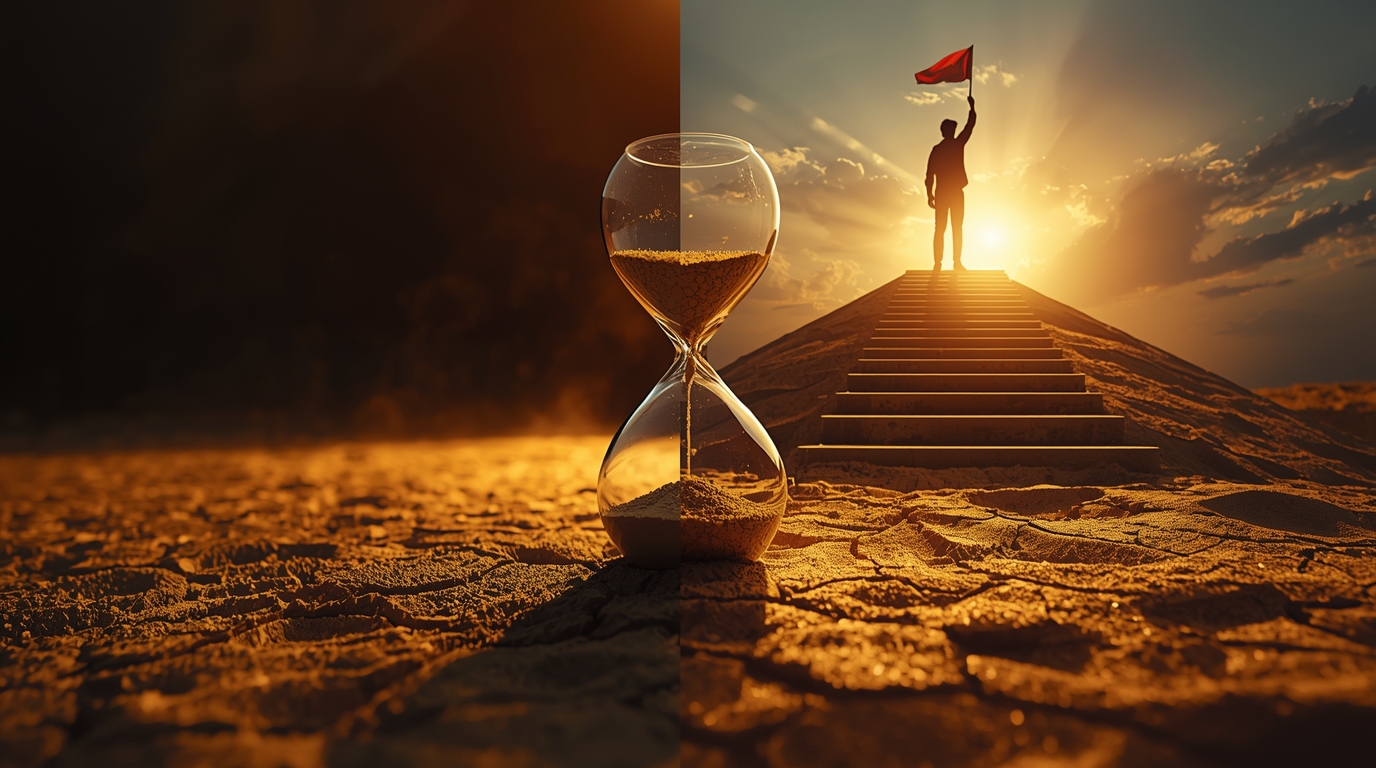
Understanding time in the context of achievement, we need to understand two kinds of delays that often confuse people in the journey of achievement:
- Delayed actions.
- Delayed results.
1. Delay in actions is internal. It’ Caused by fear, doubt, or laziness. Delayed Actions happen when we hesitate or hold back, even When opportunities are available. In Vedanta, this is called Tamas—a state where energy exists but remains unused.
The Three Reason Behind Delayed Action.
Fear.
Fear is the emotional condition that dominates whenever we sense loss or threat ahead. It often arises from two main reasons:
- lack of preparation
- discomfort of the unknown.
The solution is simple, if the cause is lack of preparation, then prepare yourself well before stepping into action. And if the cause of fear is discomfort of unknown, then give your mind a strong logical and emotional reason to move forward. If there is no convincing reason behind what you are trying to do, then perhaps you are on the wrong path and you must reconsider your choice.
Doubt
Doubt actually is the confused condition of mind between option and choice. It appears when you have too many options but no clear choice. Too many options make it difficult to prioritize. The solution is simple. Choose what aligns with your values, abilities and current conditions of life. Once the choice is clear, then the only thing you need is commitment.
Laziness
Laziness is intentional. It happens when your goal does not feel urgent or important enough to you. Imagine this: snoozing your alarm multiple times in the morning may be your routine, but imagen, if a snake suddenly appeared beside your bed in some morning, would you keep sleeping on bed? or you would leap up faster than an athlete? The answer is clear. Why? Because now your life is threat. You know that the price of staying on bed may be the loss of life itself. The lesson is clear—when your goal becomes as important as life, laziness disappears.
2. Delayed Results may occur even when we are doing the right things. The effort has been made, yet the outcome takes time to appear. This is not failure — it is part of the natural process. Here, patience becomes essential. Many people give up too soon, not because they were wrong in their efforts, but because results did not show up as quickly as they expected. Impatience often becomes the greatest regret at the end.
Also Read This Life Changing Artcle:
The Role of Nature in Results.
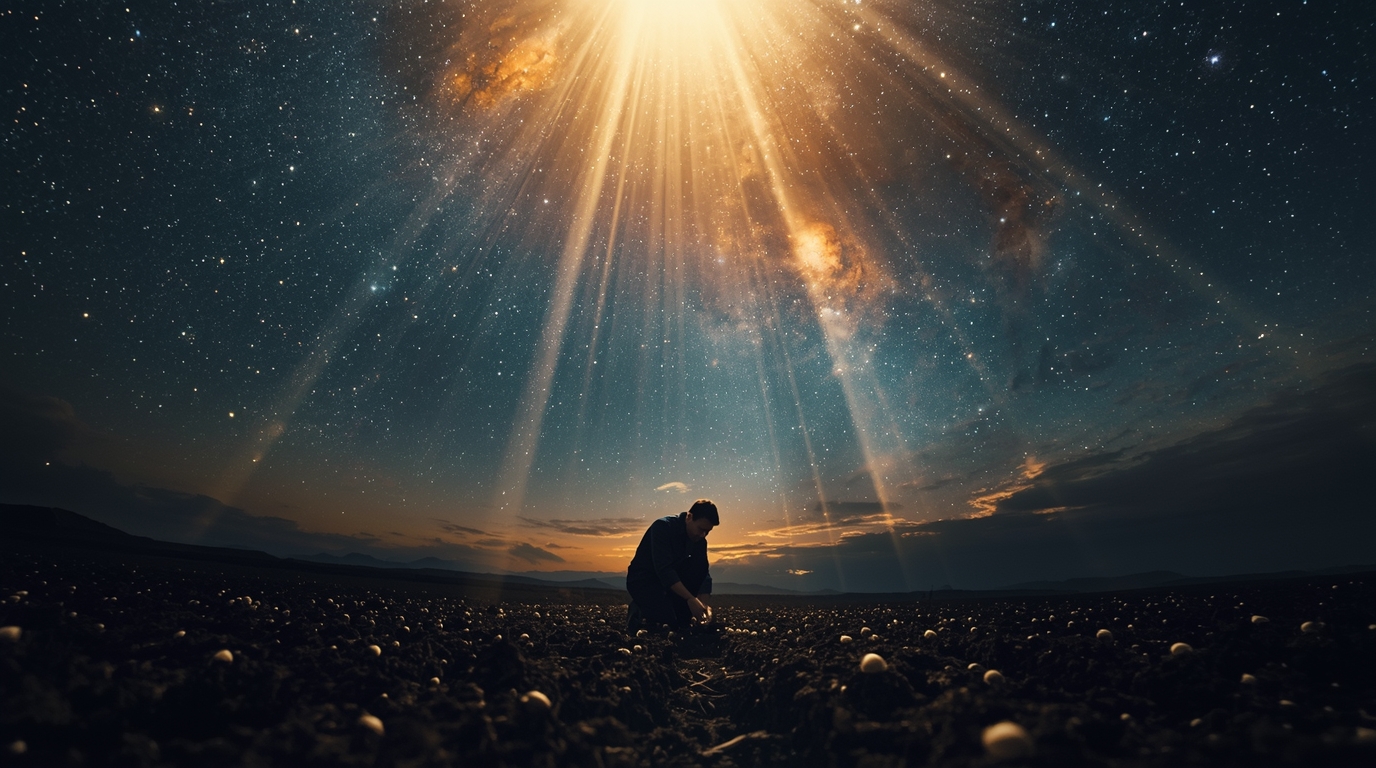
Nobody can deny that, the controlling authority behind results is the unseen hand of nature. But this does not mean that our efforts are meaningless. To clarify this matter, let’s see a technical example. You commonly use multiple applications or websites on your mobile phone or laptop. How an application or website works? There is a front end that the user interacts with, and a back end that runs behind the scenes. The user cannot control the back end — it belongs to the creator. However, the creator designs both front and back ends to remain aligned, so that every action produces its expected outcome.
When you click Sign Up on a website, it does not open your camera app. When you press “2” on a calculator, it shows 2 on calculator screen, not 5 or 8. Why? Because the system is designed with precision: the inputs and outputs are linked by defined rules.
Life works in a similar way. We are the users; God is the Creator. We can only interact with what we are given, but the Creator has already designed life in such a way that the back end (nature) responds to the inputs of effort we provide. Like if you want an output of “10” on a calculator, you cannot get that output with input “2+2”. You must give the inputs which meet the requirement of your desired output. Likewise, in life, you cannot expect high results while giving minimal effort.
This is where most people get stuck. Their expectations are high, but their input of effort is low. When results don’t match their hopes, they assume it is bad luck, fate, or lack of ability. But the real issue is that their inputs did not meet the required standard for their desired outcome. Delayed results are not a flaw in the system — they are a tragedy of misunderstanding.
Those who understand the process focus on improving their inputs. They know that once the input reaches the level required for the output, results will surely happen.
What To Do In This Period of Delay ?
When you face delay in results, there are two main possibilities:
- The delay is natural — the process simply takes time. In this case, there is no need to worry. Stay consistent, keep your efforts aligned, and allow the process to unfold.
- The delay is unnatural — caused by internal factors. Here, you must identify and correct the issue.
Common Factors Behind Unnatural Delayed Results:
- Insufficient Effort
If the reason behind unnatural delay of results is that the input you provided was not enough, then it can be corrected by improving the inputs. For example, if a student fails an exam but he knows that, he did not prepare properly. The solution is simple: improve effort and do it again. You may get better and precise results. - Lack of Expertise
Sometimes results are delayed because we lack the skill required to handle the process. When there is no skill, you may loose the control of process. Like starting a tech business without technical skill may result in endless struggles or failure. The solution here is building the required skill. Build expertise first, then restart with competence. - Being Outside Your Ability Zone
Each person has natural strengths, that may be natural or built unintentionally due to surrounding social environment. So, if your strength is in technology but you force yourself into pure scientific research that demands memory and creativity beyond your interest, you may never progress. But once you shift to your true ability zone, to your natural domain, growth becomes almost effortless. So, in this case, the solution is to shift your choice where the chances for good results are high due to your strength in that domain.
Energy: The Driving Force of Life.
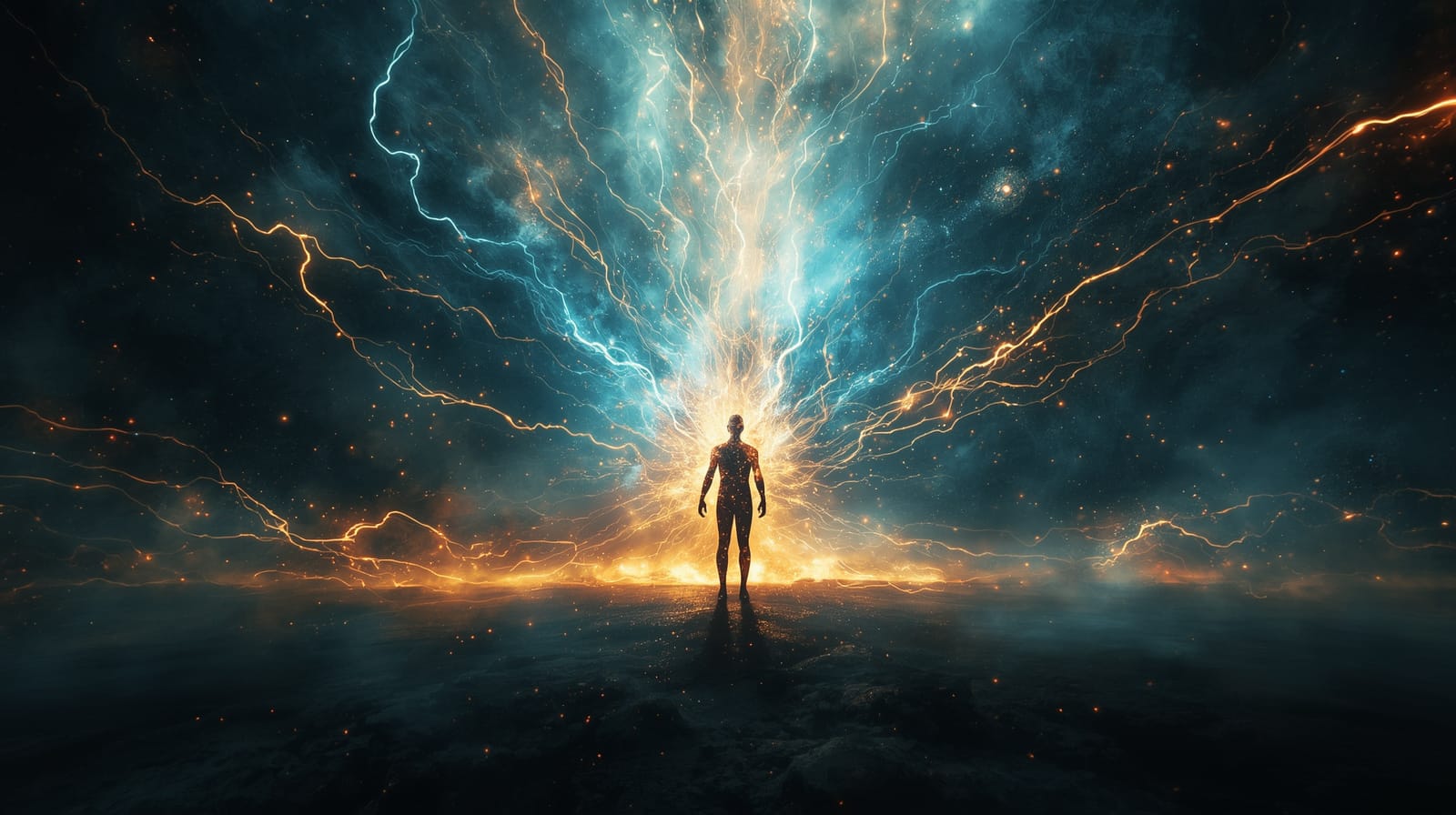
Energy turns intentions into reality. Without energy, time would pass Unnoticed, with no change or growth. It is the Invisible force that shapes everything in life—whether we actively Direct it or let it flow passively through us.
Energy operates in three distinct phases before it becomes a force that Drives real-world change. i have explained time and energy with more details in my book; THE ACHIEVEMENT EQUATION.
The Three Faces of Human Energy.
In human life, energy expresses itself in three stages. These stages are not merely mechanical or biological, they are universal transitions. They reveal how the invisible becomes visible.
1. Intelligence – The Pure Energy.
This is the original and universal form of energy. It exists everywhere in the universe but remains unused until it is allocated to a body. Intelligence defines the structure, memory and functionality of each segment of universe. A rock never turns soft, an apple tree never grows mangoes, and a wheat seed never becomes jasmine, because intelligence maintains their physical structure, order and identity.
2. Potential Energy – The Dormant Energy
When a portion of intelligence is assigned to a specific body—whether human body, animal body, or plant body, or even non-living matter, it takes the shape of potential energy. This energy is present but inactive, like a car with a full fuel tank that remains still until the engine is ignited. This form of energy holds the capacity to create impact but only when it is utilized by a body.
3. Kinetic Energy – The Active Energy
When potential energy is expressed outward by a body, creating real impact in the physical world, it transforms into kinetic energy. This is energy in motion, the ultimate form of energy that turn unseen capacity into visible reality.
Many people’s energy remain stuck in the second phase. They are aware of their inner capacity but never train thier body to traslate that energy into real world impact. Potential sits within them like stored fuel, but it is never set into motion. This is where intentional action becomes essential. Friedrich Nietzsche spoke of the “Will to Power” as the inner force that compels individuals to act upon the world, to shape their reality instead of merely reacting to their surrounding or circumstances.
Final Thoughts
Life is the combination of two precious resources—time and energy. Time flows without pause, and energy is the force that fills it with meaning. When energy remains locked as potential, life get stuck. when this energy is translated into action, life becomes creation. The universal intelligence within us requires intention and discipline to move from silent possibility to visible achievement.
The choice is always yours: to let time pass unused, or to fuel it with purposeful energy. The way we spend these two resources of life, defines not only what we achieve, but also who we become. we should honor both these resources, so that every moment carries the weight of meaning and every action leaves a lasting impact.
You May Also Like...
Understanding Ability in the Equation of Achievement
Understanding Ability In The Equation Of Achievement. Ability is the force that Bridges potential and performance, making energy functional Rather than latent. But this force…
Understanding Free Will, Accountability, and Karma.
Understanding Free Will, Accountability And Karma. Free will, the capacity to make choices independently of any preordained force or fate, is a central concept in…
The Trap of Comfort: You May Be Its Victim.
The Trap Of Comfort, You May Be Its Victim. Are you in a trap of comfort? In the heart of every individual, there lies a…

